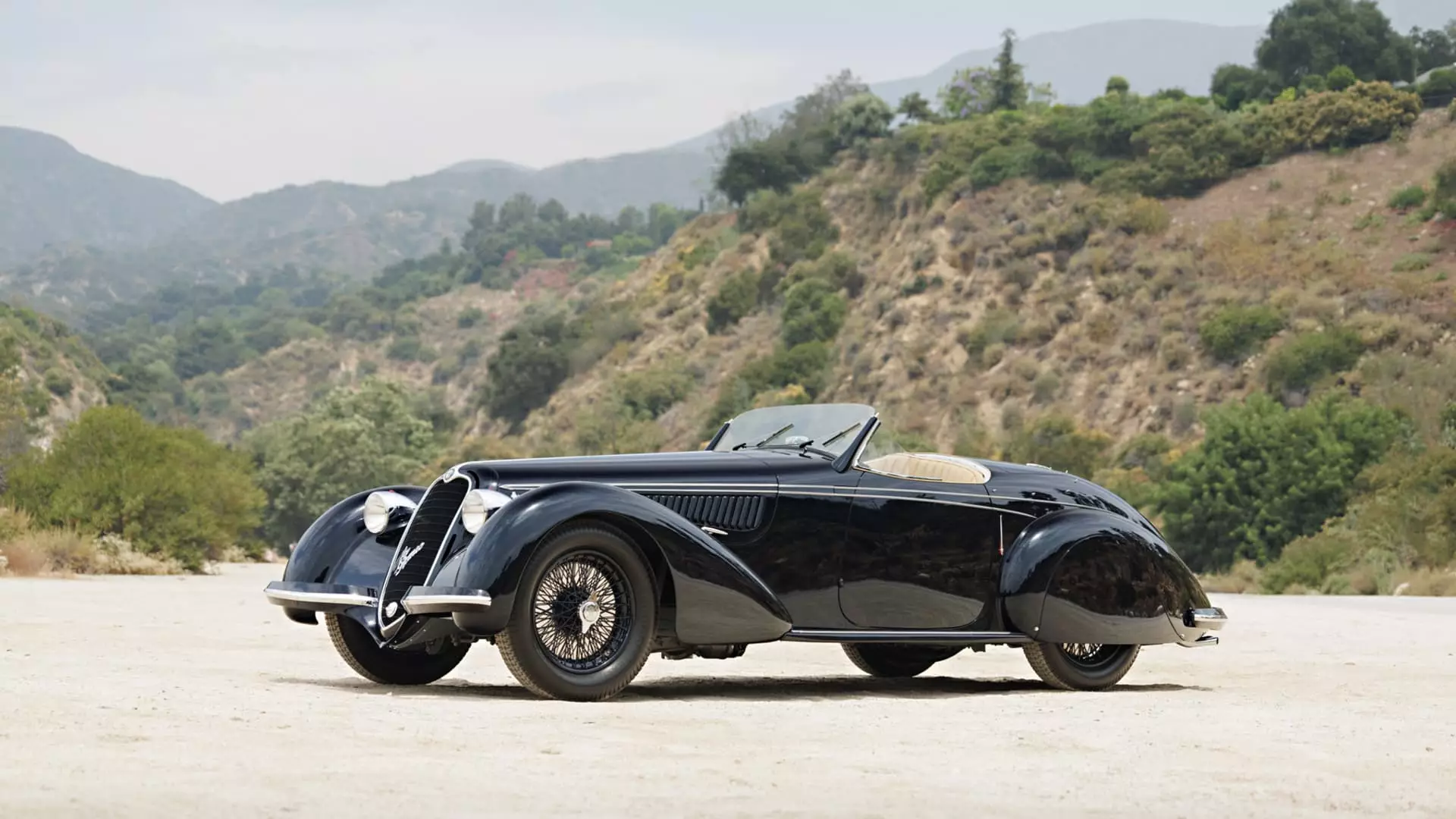Auction sales during Monterey Car Week experienced a 3% decline from the previous year, which can be attributed to a shift from older classic cars to newer models. This change in preference has left a surplus of unsold classics from the 1950s and 1960s, signaling a transformation within the high-end car market. This transition was evident as total sales at this year’s five car auction houses in Monterey, including RM Sotheby’s, Broad Arrow, Gooding & Company, Mecum, and Bonhams, dropped to $391.6 million from $403 million in the previous year.
Experts in the industry suggest that the oversaturation of similar classic cars across various auctions contributed to weaker prices and sales. This oversupply of comparable “products” has led to a scenario where these cars are competing for the attention of the same pool of buyers. Simon Kidston, a prominent advisor to affluent car collectors, highlighted this issue by pointing out the prevalence of identical offerings at auctions, questioning the foresight of consignors in targeting the market effectively.
Another significant factor influencing the classic car market is the emergence of a new generation of collectors, primarily comprising Gen Xers and millennials. These younger enthusiasts exhibit a preference for vehicles from the 1980s, 1990s, and 2000s, rather than the traditional classics from the 1950s and 1960s that have long dominated the market. The surge of these newer collectors has propelled the demand for modern supercars, fueling a shift away from vintage models.
The changing dynamics in the classic car market have led to contrasting price trends between older and newer vehicles. Hagerty’s Supercar Index, reflecting sports cars from the 1980s through the 2000s, has shown a significant appreciation of over 60% since 2019. In contrast, the Blue Chip Index, which tracks iconic classics from the 1950s and 1960s, has experienced a decline of 3%. While exceptional rare pieces continue to command high values, the overall trend indicates a decline in prices for older classic cars as collectors shift their focus to more contemporary options.
Financial Considerations
The impact of high-interest rates on the classic car market cannot be overlooked. Rising rates have raised the opportunity cost of investing in classic cars, prompting potential buyers to reconsider their purchasing decisions. The allure of earning higher returns through alternative investments has steered some collectors away from acquiring classic cars as part of their portfolios. This financial aspect, coupled with the evolving preferences of collectors, has added pressure on the classic car market.
The classic car auction sales landscape is undergoing a significant transformation driven by a shift in collector preferences, market saturation, and financial considerations. As newer generations of collectors dictate the trend towards modern supercars, the traditional appeal of vintage classics is facing challenges in finding buyers at desired price levels. This shift highlights the importance of adaptability in the classic car market and the need for collectors and industry players to reassess their strategies to navigate the evolving landscape.

